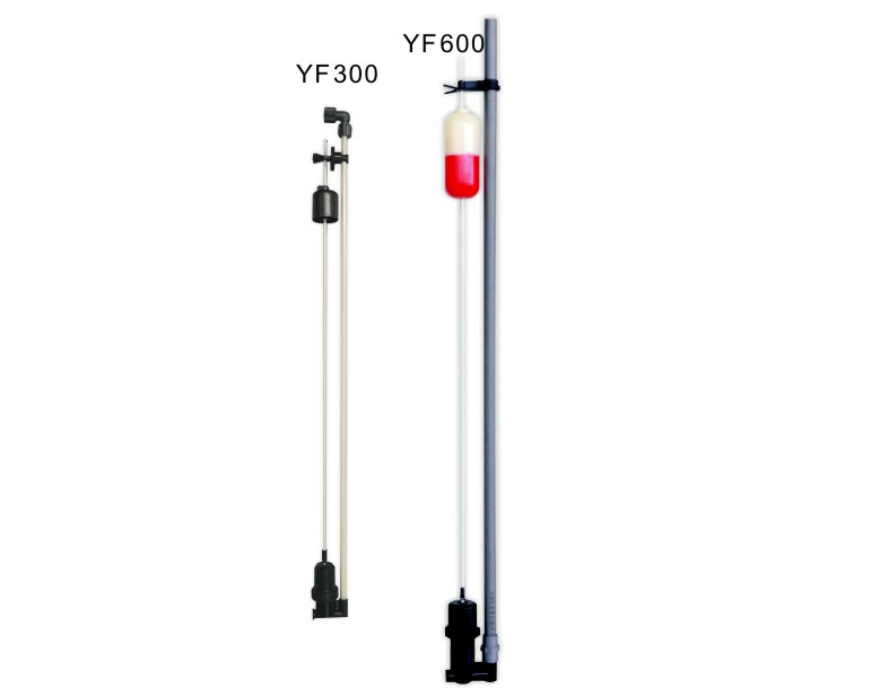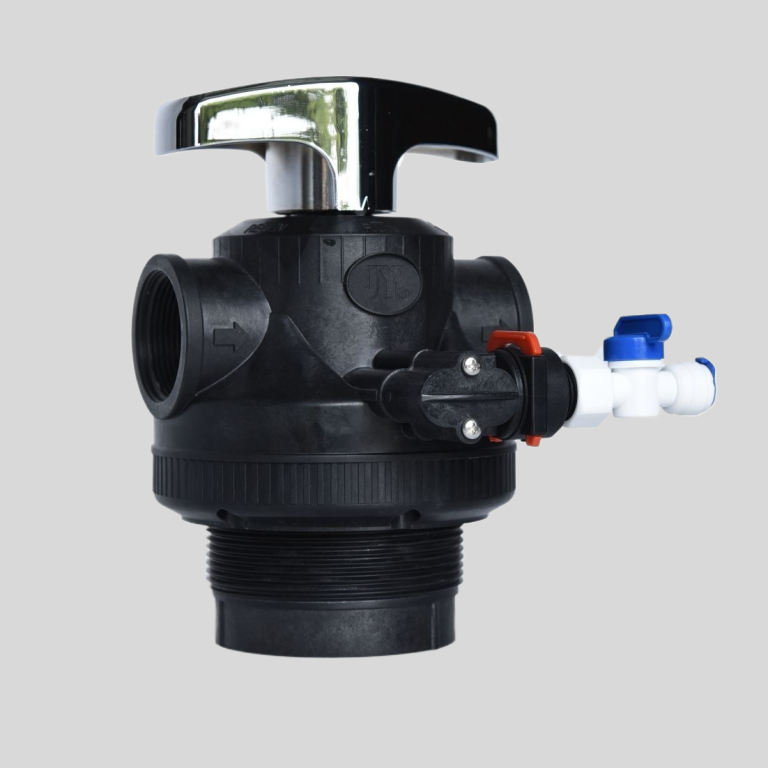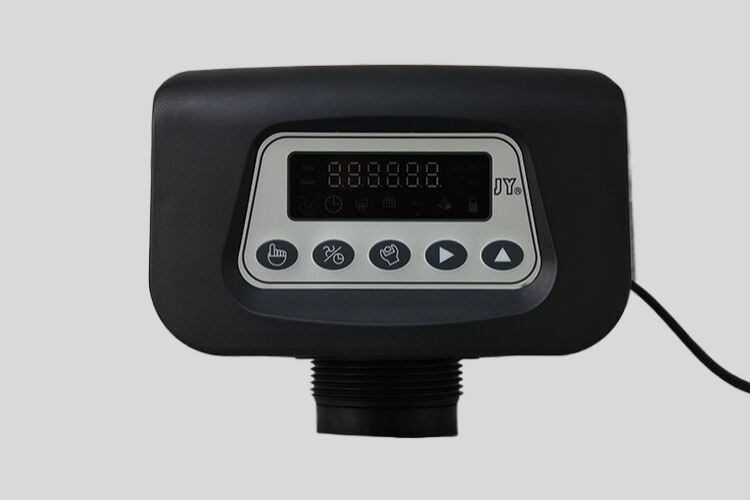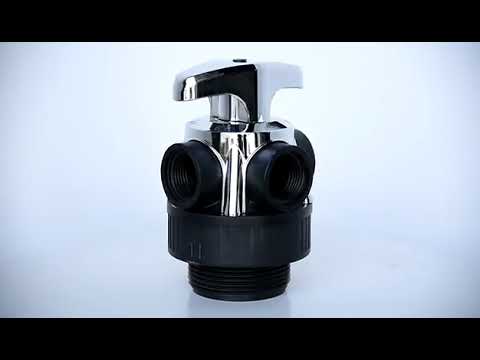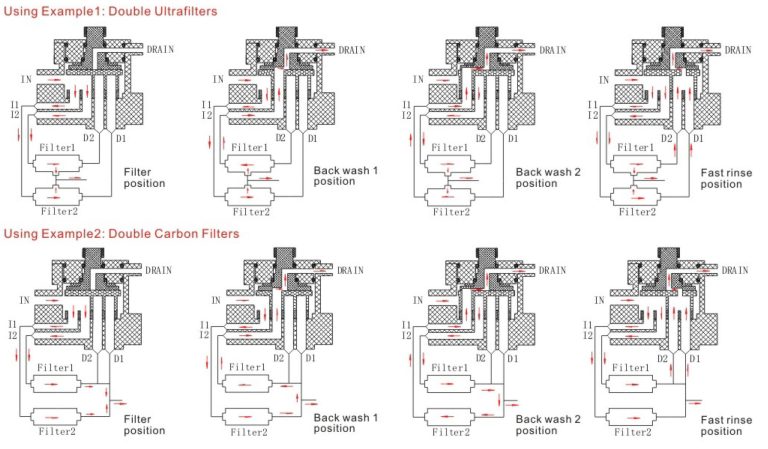“Smooth operation, gentle on your system – softening valve solutions”
Tips for Softening Valve Maintenance and Troubleshooting
Softening valves are an essential component of water softening systems, helping to remove hardness minerals such as calcium and magnesium from water. Proper maintenance and troubleshooting of these valves are crucial to ensure the efficient operation of the water softening system. In this article, we will discuss some tips for softening valve maintenance and troubleshooting to help you keep your system running smoothly.
| Model | Central tube | Drain | Brine tank connector | Base | Maximum power | Operating temperature |
| 3900 | 3.5″(3″) O.D. | 2″NPTF | 1″NPTM | 6″-8UN | 171W | 1℃-43℃ |
One of the most important aspects of softening valve maintenance is regular cleaning. Over time, mineral deposits can build up on the valve, causing it to become less effective. To prevent this from happening, it is recommended to clean the valve at least once a year. This can be done by removing the valve from the system and soaking it in a solution of water and vinegar to dissolve any mineral deposits. Once the valve is clean, be sure to reassemble it properly to ensure it functions correctly.
In addition to regular cleaning, it is also important to check the valve for any signs of wear or damage. Inspect the valve for any cracks, leaks, or other issues that could affect its performance. If you notice any problems, it is important to address them promptly to prevent further damage to the valve or the water softening system as a whole.
| fixed bed GR-1 | ||||
| Model | GR2-1/ GR2-1 LCD | GR4-1/ GR4-1 LCD | GR10-1 Top Loading | GR10-1 Side Loading |
| Output Max | 4T/H | 7T/H | 15T/H | 15T/H |
Another important aspect of softening valve maintenance is ensuring that the valve is properly calibrated. If the valve is not calibrated correctly, it may not be able to effectively remove hardness minerals from the water. To calibrate the valve, you will need to adjust the settings according to the manufacturer’s instructions. This may involve adjusting the flow rate, regeneration frequency, or other parameters to ensure that the valve is operating at its optimal level.
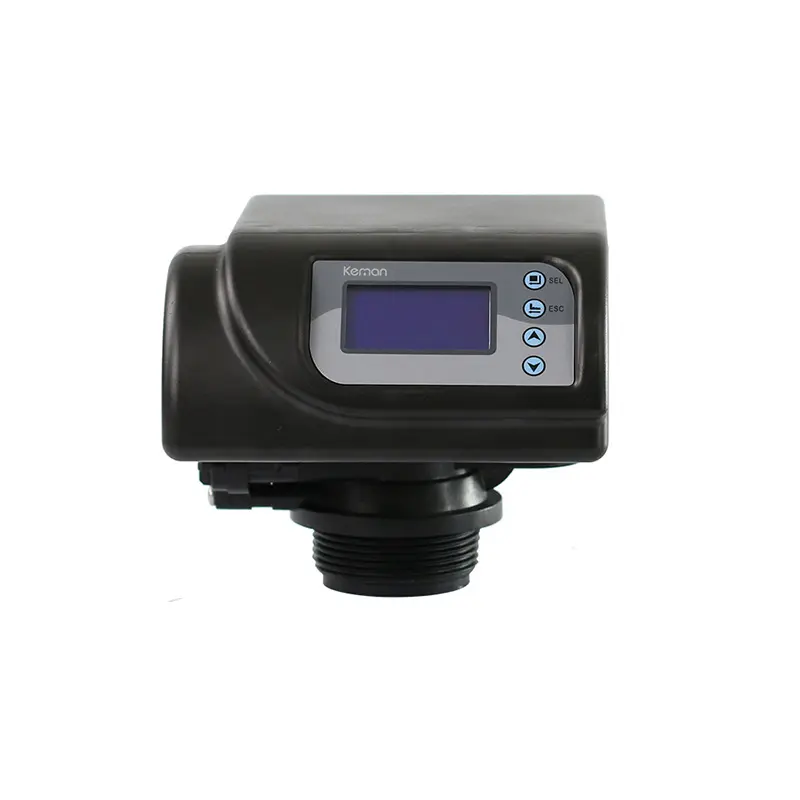
If you are experiencing issues with your softening valve, there are a few troubleshooting steps you can take to try and resolve the problem. One common issue is a lack of water flow through the valve, which can be caused by a clog or blockage. In this case, you can try flushing the valve with clean water to remove any debris that may be causing the blockage.
Another common issue with softening valves is a failure to regenerate properly. If the valve is not regenerating as it should, it may be due to a faulty timer or control valve. In this case, you may need to replace the timer or control valve to resolve the issue. It is important to consult the manufacturer’s instructions or a professional technician for guidance on how to properly replace these components.
In conclusion, proper maintenance and troubleshooting of softening valves are essential to ensure the efficient operation of water softening systems. By following the tips outlined in this article, you can keep your softening valve in good working condition and enjoy the benefits of softened water in your home. Remember to clean the valve regularly, check for signs of wear or damage, calibrate the valve as needed, and address any issues promptly to keep your water softening system running smoothly.
